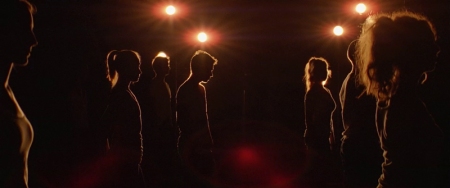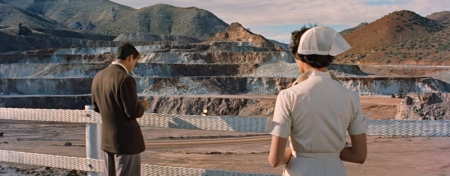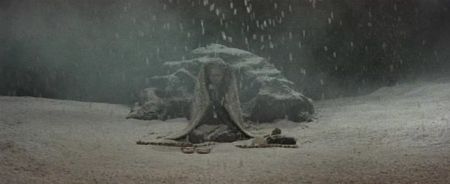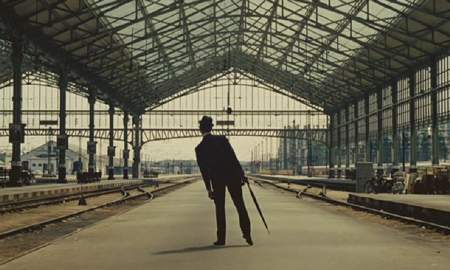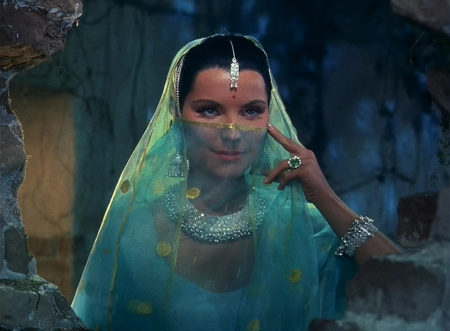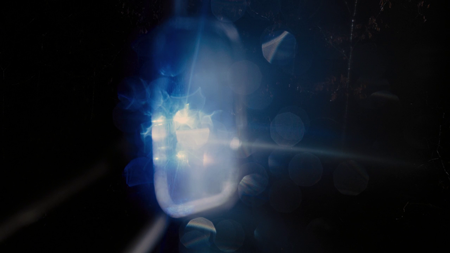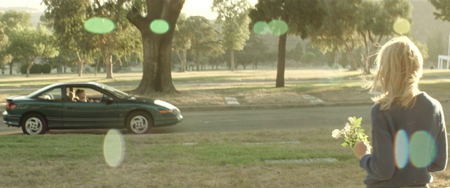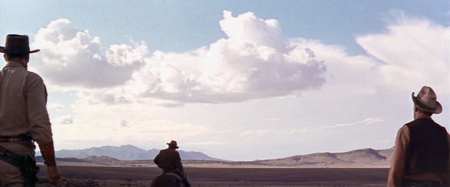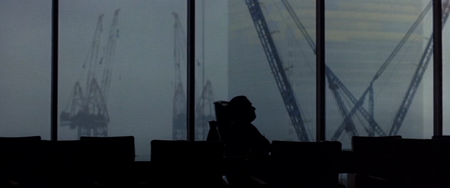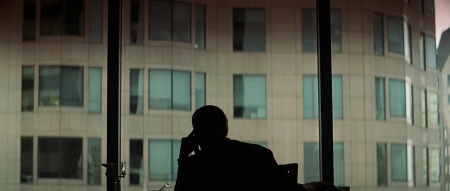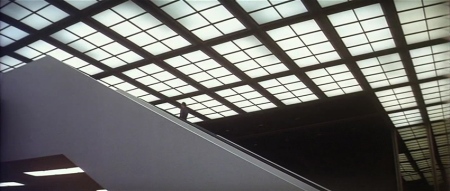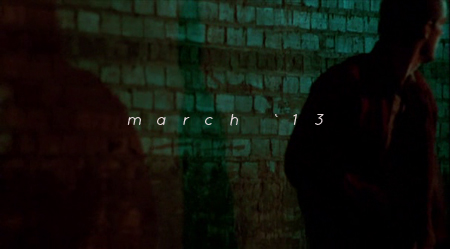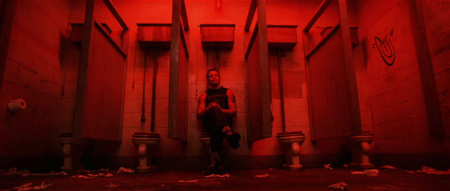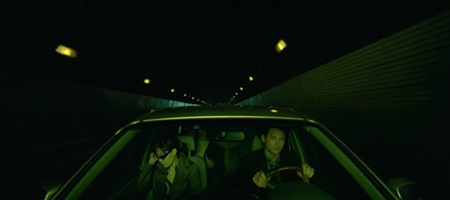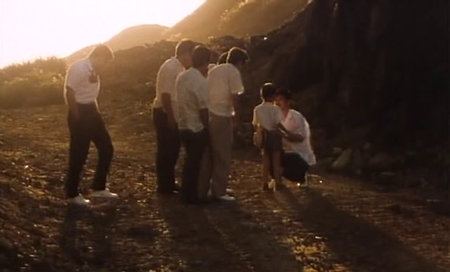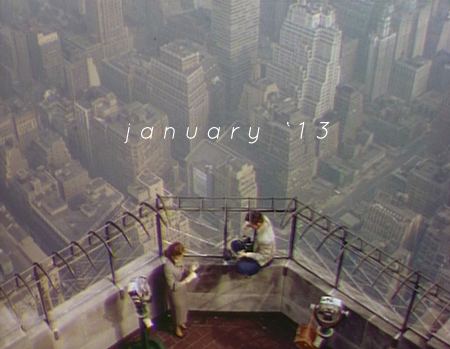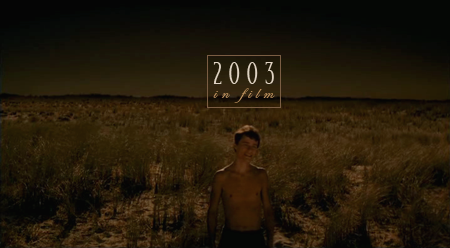
Firstly, about this little endeavour. I like making lists, but I’m usually hesitant in ranking all-time favourites and the like since memory eradicates a certainty in one’s opinion of a film seen many years ago, and one’s taste is hopefully always changing and expanding. Also I have the natural urge to want to tout those gems that are fading further into obscurity with each passing year, thus the standard top ten leaves me frustrated. So I thought I’d dedicate myself to yearly comprehensives, catching up with all I’ve missed, and perfunctorily ranking my favourites with no restrictions as per the number. Not only in this first instance did I discover a handful of new-to-me filmmakers, I finally had the incentive I needed to take on intimidating epics such as Wang Bing’s West of the Tracks. Overall it has been very rewarding to delve into 2003’s cinematic output. Why 2003 to start with? A mostly random choice, possibly on my mind for Johnnie To’s masterpieces viewed only recently.
The most miraculous and moving bit of cinema in 2003 was for me the opening of Abbas Kiarostami’s Five Dedicated to Ozu, a long take entitled Wood in which a piece of wood is prodded by waves along a beach as the camera tracks it. After some time, a small end of the wood breaks off and the camera frames both pieces as they meet and part until eventually one piece remains beached as the other drifts off into the ocean background. Kiarostami finally cuts when it escapes from view for a wave. It’s moving to me because, what for the title, I’d read into it a poetic allegory regarding the pensive familial-generational estrangement narratives for which Ozu was renowned: the parent pushed along by life, leaving behind its offspring. It’s miraculous because it occurs so perfectly, so delicately, in an unbroken and lengthy shot, surely unaided and unintentional (but who’s to say?). All it took was a titular nod to Ozu and I transferred all this emotion to it myself, proving the power of non-narrative cinema which traditionally leaves me cold. I was in awe by the time it cut at last. The following four long takes similarly deal in notions of line and movement but their meanings were more vague, or rather, less evocative for me.
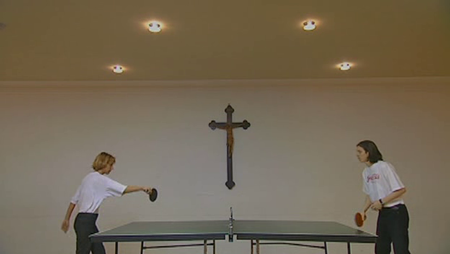
If the Kiarostami had the finest opening of the year, Maren Ade’s The Forest for the Trees had the finest ending. It concludes an unbearably awkward comedy-drama of faux pas and desperate loneliness that makes the work of Ricky Gervais seem pleasant and mild in comparison. It’s essentially a return to the womb, and it breaks with the cruel realism of the rest of the film for an oddly blissful but heartbreaking note of poetic empathy. It turns a difficult film sublime. It also anticipates Ade’s later film Everyone Else in its similarly atavistic concluding motion.
In a banner year for South Korean cinema in terms of recognition, my reactions varied wildly, from the two greats listed, to the most gruesome or else unwatchably pointless films of the year (Oldboy and A Tale of Two Sisters).
The only other item of note is that Arrested Development first aired in 2003, and it turned out to be the funniest thing in the history of humour, or at least, since The Simpsons. Utterly brilliant television.
PTU (To)
Goodbye, Dragon Inn (Tsai)
Running on Karma (To/Wai)
Los Angeles Plays Itself (Andersen)
Down with Love (Reed)
Crimson Gold (Panahi)
In the Cut (Campion)
A Talking Picture (Oliveira)
The Brown Bunny (Gallo)
The Story of Marie and Julien (Rivette)
Basic (McTiernan)
Wolfsburg (Petzold)
Dogville (Trier)
Tie Xi Qu: West of the Tracks (Wang)
Looney Tunes: Back in Action (Dante)
Café Lumière (Hou)
Ana and the Others (Murga)
No Rest for the Brave (Guiraudie)
The Living World (Green)
Not on the Lips (Resnais)
Five Dedicated to Ozu (Kiarostami)
A Place Among the Living (Ruiz)
Coffee and Cigarettes (Jarmusch)
In Hell (Lam)
The Flower of Evil (Chabrol)
Ce jour-la (Ruiz)
The Same River Twice (Moss)
Memories of Murder (Bong)
A Good Lawyer’s Wife (Im)
Who Killed Bambi? (Marchand)
Cowards Bend the Knee or The Blue Hands (Maddin)
The Forest for the Trees (Ade)
Elephant (Van Sant)
The Missing (Lee)
Jesus, You Know (Seidl)
Ramblers (Yamashita)
The Company (Altman)
School of Rock (Linklater)
Vibrator (Hiroki)
Zero Day (Coccio)
Shara (Kawase)
I suppose orange represents all-time favourites, and on down to the minor recommendations in grey. There are plenty of movies I like that aren’t even listed, so don’t think the greys are exactly small fries.
Update (14/05/13): In the Cut jumped five spots, out of crimson and into red, for having read this terrific piece which resurfaced in my mind the film’s excellence.

Some awards, because fuck it.
Best Feature Debut: Ana and the Others (Celina Murga) or The Forest for the Trees (Maren Ade). At least, I think Ade is the more promising director.
Best Cinematography: In the Cut (Dion Beebe), for its tilt-shift ambiguity. PTU (Siu-keung Cheng) for framing, and stage-lighting on city streets!
Best Australian Film: Alexandra’s Project (Rolf de Heer), despite its final act. Also the year’s creepiest film, along with Who Killed Bambi?.
Most Difficult: S21: The Khmer Rouge Death Machine (Rithy Panh), or West of the Tracks for sheer length.
Worst Film: High Tension or Dreamcatcher, yeesh.
The Lurking Ambivalence Award: Dogville (Trier) or Elephant (Van Sant).

